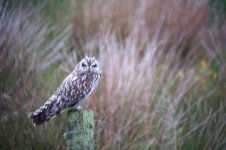dolphinbride
Bean Éanlaithe na Coillte
Thanks Dafi, if you were trying to make me turn green with envy you've succeeded!! :flowers:
(btw, I got the job, so I'll be waiting for July's calander...!)
(btw, I got the job, so I'll be waiting for July's calander...!)




